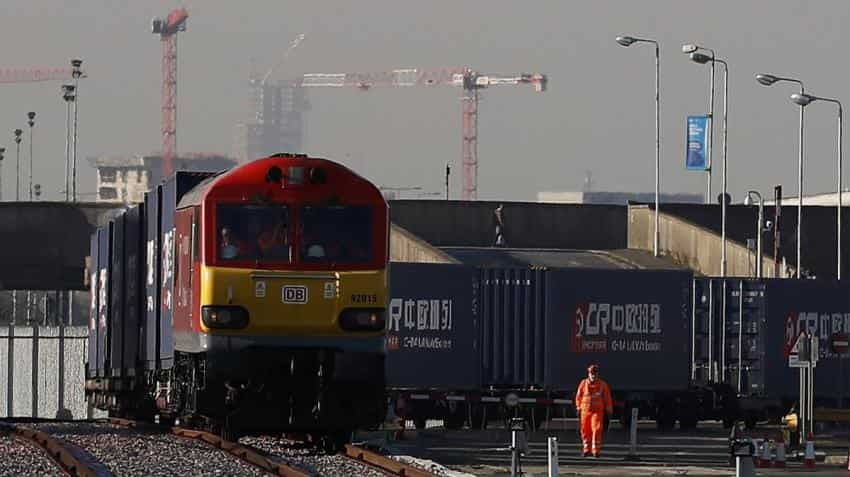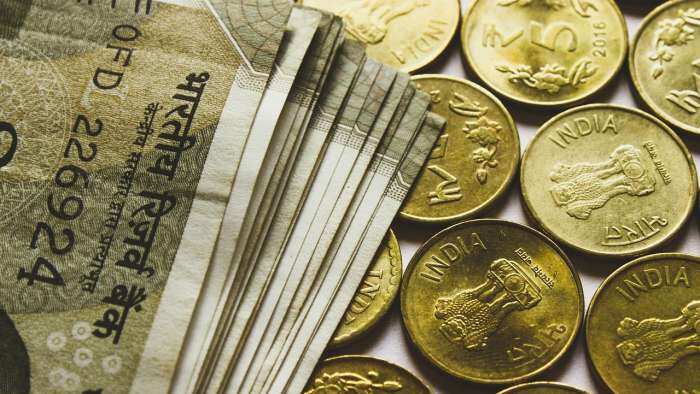Intermodal stations to come up in 15 cities; DPR for Varanasi, Nagpur in final stages
The development of intermodal stations will also give a boost to commercial development and economic activity in cities, which can significantly alter socio-economic profile of the area.

The National Highways Authority of India (NHAI) has prioritized 15 cities across the country for development of intermodal stations (IMS), of which Nagpur and Varanasi have been selected as the pilot projects. The detailed pre-feasibility studies for Nagpur and Varanasi, and the development of DPRs for these cities is in the final stages.
Intermodal stations are terminal infrastructure which integrate various transportation modes like rail, road, mass rapid transit system, bus rapid transit, inland waterways, auto-rickshaws, taxis and private vehicles etc, so that people can move from one mode to another seamlessly, with minimum use of automobiles, said a statement by Ministry of Road Transport & Highways.
According to the statement, in most cities today, transport hubs like bus terminals, railway stations and others are located far from each other, so inter-modal transfers create pressure on the already congested roads. By bringing the different transport modes at one point, IMS will reduce congestion on roads and vehicular pollution.
"IMS will also aid in city decongestion by encouraging the use of public transportation and by effectively using ring roads and National Highways for entry and evacuation of inter-city bus traffic," it said.
Intermodal stations are being planned in an integrated manner along with road network development through new connecting roads, bridges, flyovers etc. The stations will cater to passenger volumes for the next 30 years and will have world-class amenities like FOBs with travellators, subways, common waiting rooms, clean toilets and restrooms, integrated public information systems, modern fire-fighting and emergency response services, convenience stores, lifts and escalators, adequate circulation space and commercial establishments.
The NHAI expects multiple benefits in developing IMS over standalone terminals. They are:
Aggregated footfall: Inter-modal stations witness higher footfall than disaggregated transport terminals
Improved passenger experience: Facilities are better managed due to collaboration of multiple entities and commercial development is driven by aggregated footfalls. In addition, passengers do not need to spend time and money to transit between terminals.
Sharing of resources: Shared infrastructure like FOBs, waiting rooms, concourses, public conveniences leads to reduced investment and land requirement. This lowers the investment requirements while increasing the overall synergies in the system.
This will also give a boost to commercial development and economic activity in cities, which can significantly alter the socio-economic profile of the development area.
For the pilot project, the satellite railway stations at Ajni in Nagpur and Kashi in Varanasi have been selected for development of IMS.
The implementation and operation of the IMS will be done by a special purpose vehicle (SPV) between Ministry of Road Transport & Highways through National Highways Authority of India, Ministry of Railways and respective state governments.
Members of the SPV will provide paid up capital or land as part of their equity contribution to the SPV. MoRTH / NHAI will fund the construction of the terminal infrastructure including railway infrastructure, ISBT, common areas (concourse, waiting rooms, transport retail), parking and other station facilities.
Indian Railways/state government will provide the land for construction of the IMS. Construction and O&M will be bid out to a private concessionaire on a hybrid annuity model (HAM). The commercial development rights will be bid out on a PPP mode, post commencement of operations of the IMS. The returns from commercial development will be used to recover the construction costs.
Get Latest Business News, Stock Market Updates and Videos; Check your tax outgo through Income Tax Calculator and save money through our Personal Finance coverage. Check Business Breaking News Live on Zee Business Twitter and Facebook. Subscribe on YouTube.
RECOMMENDED STORIES

SBI Senior Citizen Latest FD Rates: What senior citizens can get on Rs 7 lakh, Rs 14 lakh, and Rs 21 lakh investments in Amrit Vrishti, 1-, 3-, and 5-year fixed deposits

SBI Guaranteed Return Scheme: Know how much maturity amount you will get on Rs 2 lakh, 2.5 lakh, 3 lakh, 3.5 lakh and Rs 4 lakh investments under Amrit Vrishti FD scheme

Power of Compounding: How soon will monthly SIP of Rs 6,000, Rs 8,000, and Rs 10,000 reach Rs 5 crore corpus target?

SIP+SWP: Rs 10,000 monthly SIP for 20 years, Rs 25 lakh lump sum investment, then Rs 2.15 lakh monthly income for 25 years; see expert calculations

SBI Senior Citizen FD Rate: Here's what State Bank of India giving on 1-year, 3-year, 5-year fixed deposits currently
05:33 PM IST








 Road Transport & Highways issues guidelines on GPS-based 'pay as you go' toll collection
Road Transport & Highways issues guidelines on GPS-based 'pay as you go' toll collection  100 toll plazas to be tracked with GIS-based software: NHAI
100 toll plazas to be tracked with GIS-based software: NHAI  Union Minister Gadkari writes to CM Bhagwant Mann over alleged attacks on engineers, contractors of NHAI
Union Minister Gadkari writes to CM Bhagwant Mann over alleged attacks on engineers, contractors of NHAI Toll fee collection on national highways reached Rs 54,811 crore in FY24: Nitin Gadkari
Toll fee collection on national highways reached Rs 54,811 crore in FY24: Nitin Gadkari Highways authority NHAI clears Rs 15,700 crore debt, saves Rs 1,000 crore interest; check out key takeaways
Highways authority NHAI clears Rs 15,700 crore debt, saves Rs 1,000 crore interest; check out key takeaways